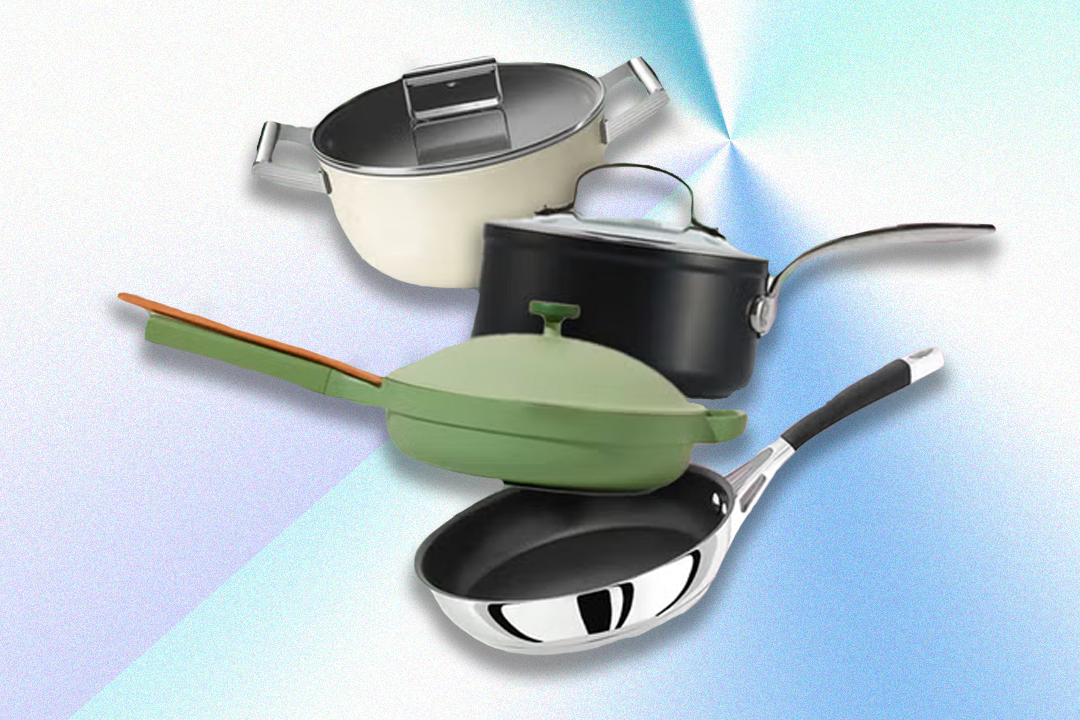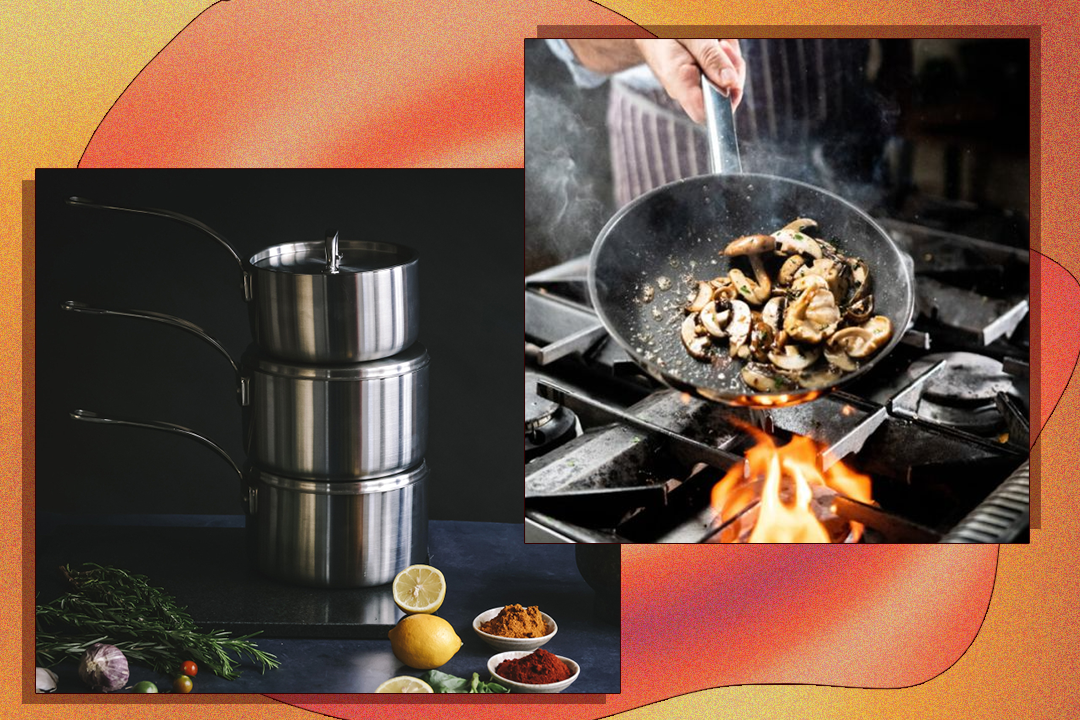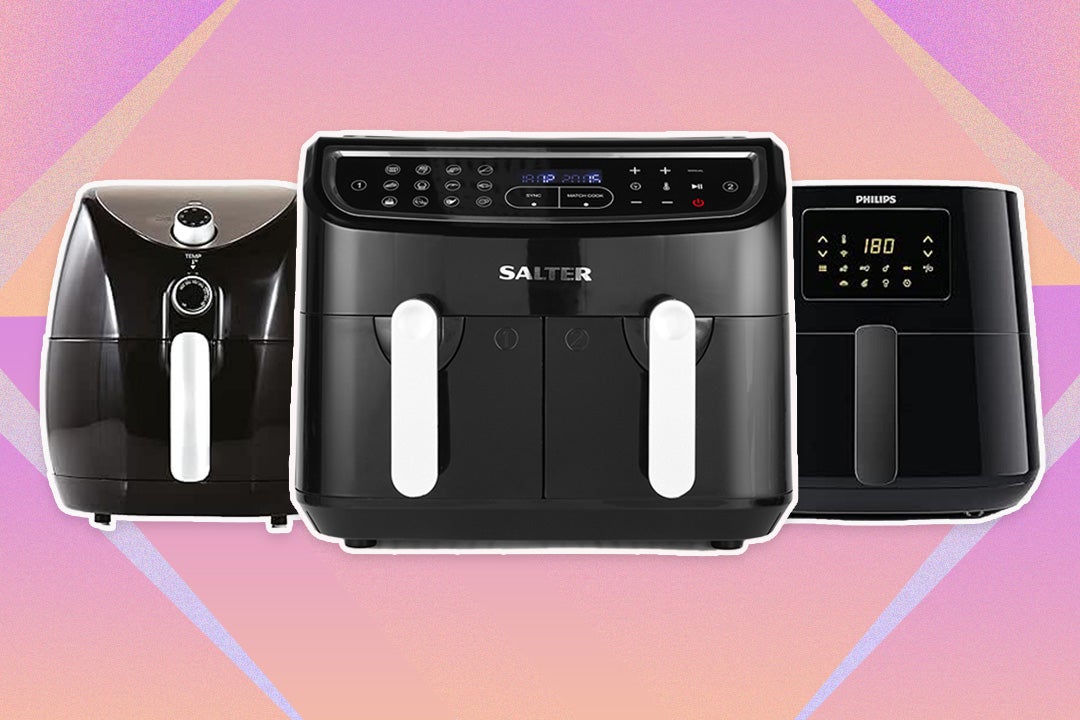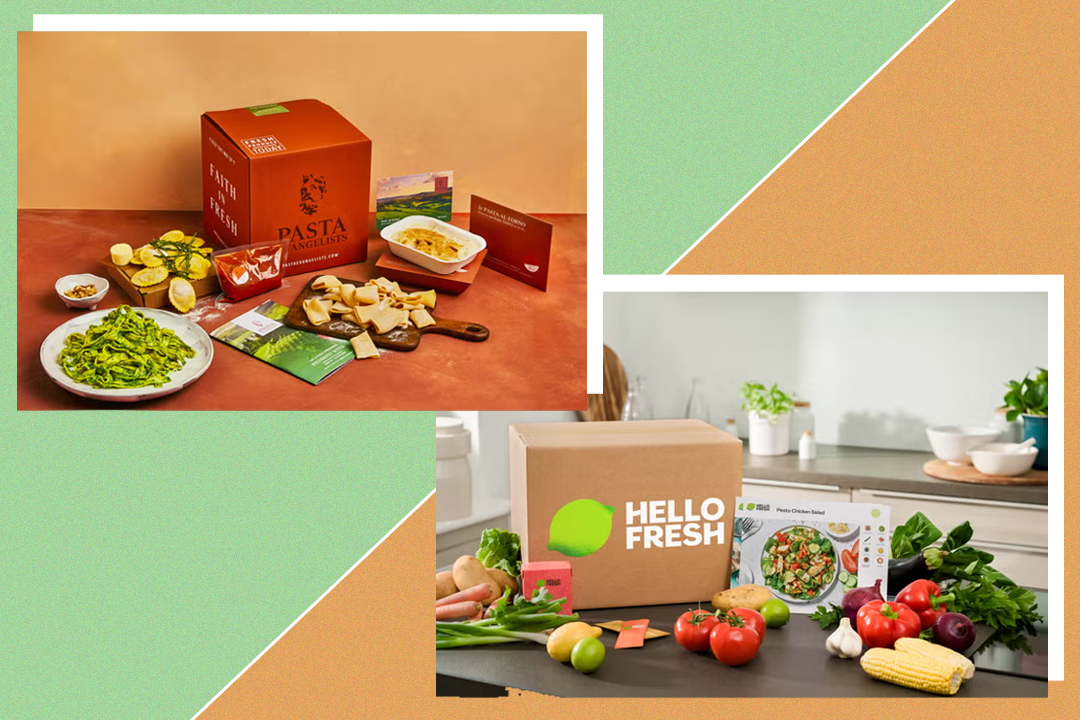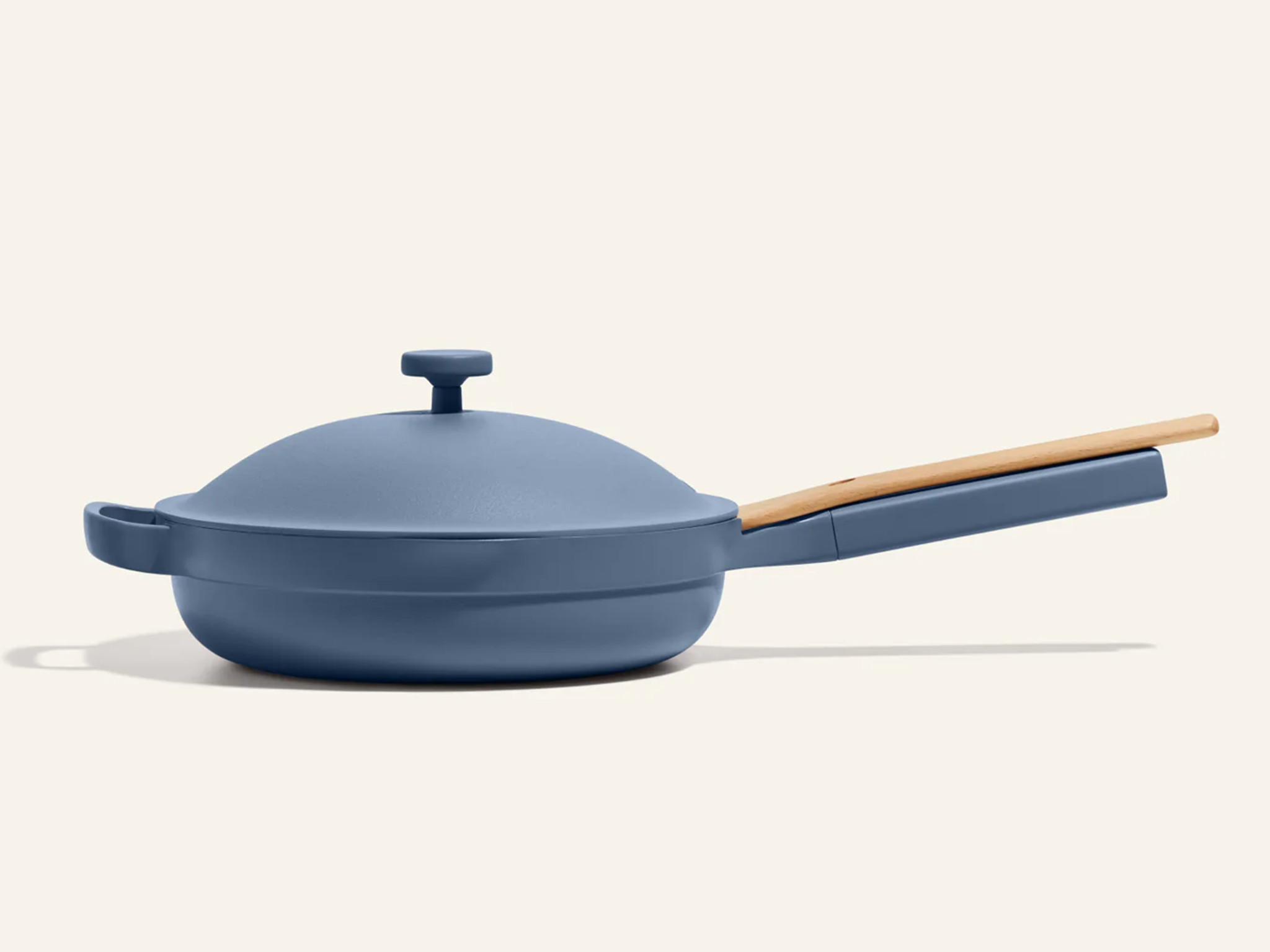
The Independent's journalism is supported by our readers. When you purchase through links on our site, we may earn commission. Why trust us?
Our Place always pan 2.0 vs Ninja possible pan: Which all-in-one cookware should you buy?
We’ve put the two non-stick rivals head to head
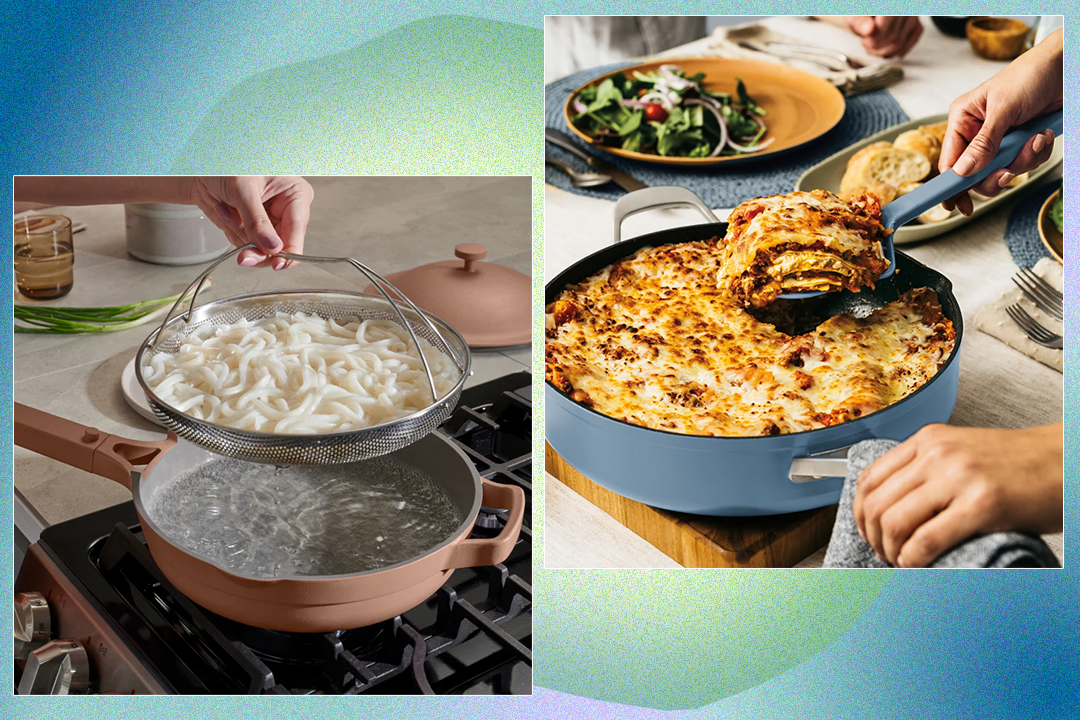
While coveted cookware brand Our Place continues to bring us new products (most recently launching an appliance called the wonder oven), it was the brand’s original “always pan” that first got everyone talking. It is, essentially, a deep, non-stick frying pan that can do much more – from boiling to steaming to straining – than its traditional counterparts.
Since its launch in the US, before coming across the pond in 2021, the original always pan has seen some upgrades. New for spring 2023, the always pan 2.0 got a fresh new non-stick coating and, perhaps most excitingly, it also became oven-safe.
Our Place isn’t the only brand offering multipurpose cookware, though. Ninja’s possible pan has been giving the always pan a run for its money. Ninja may be better known for appliances (air fryers, we’re looking at you) but the “zerostick” coating on its cookware is billed as being 20 times tougher than traditional non-stick coatings, so it’s clear the brand means business when it comes to pots and pans, too.
Sporting a very different look, the possible pan, nevertheless, seems to rival the always pan in terms of versatility. So, naturally, we wanted to put the pair to the test, to see how they’d shape up against each other.
If you’re firmly in the cast iron camp, you may want to take your leave here – sorry. Both of these multi-purpose pans are of the non-stick variety. They’re also not cheap – both retail for about £130. To help you decide which pan is worth splurging on, keep scrolling for our full review and verdict.
How we tested the Our Place and Ninja pans
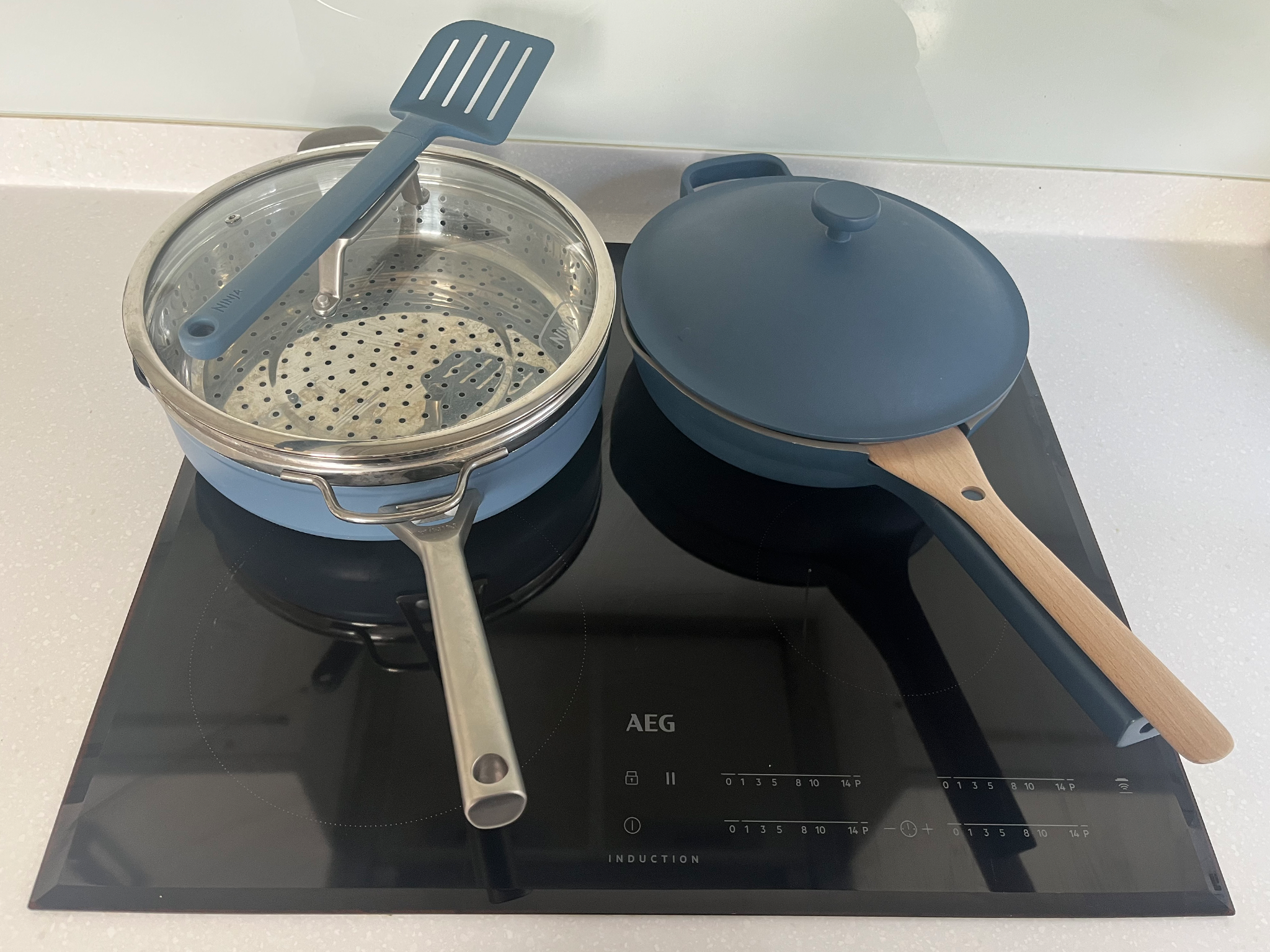
We’ve been using these pans in our kitchen for months. We’ve cooked a variety of foods and dishes, such as vegan burgers, pan-seared tofu, pasta bake, spaghetti bolognese, stir frys and more. We made a note of how the pans performed when it came to cooking speeds and quality, non-stick abilities and general functionality of design. Here’s our ruling on both…
Our Place always pan 2.0

- Best: For style
- Colourways: Six
- Material: Post-consumer recycled aluminium
- Non-stick coating type: Silicon dioxide (ceramic non-stick)
- Oven-safe: Yes, up to 230C
- Dishwasher-safe: No
- Why we love it
- Looks great
- Toxin-free
- Tapered pour spouts
There’s no denying the always pan 2.0 is beautiful, with a matte design akin to something you might find in a gallery rather than something you would use to fry an egg. This 2.0 iteration is made from 100 per cent post-consumer recycled aluminum, too.
Like the possible pan, it’s deep enough to boil a hefty portion of pasta, plus you can use the strainer to steam, and strain pasta straight from the pan (more on that later). It’s also now oven-safe up to 230C – unlike the original model – so, we baked breaded cauliflower, roasted miso aubergine, and turned our cheesy tomato pasta into a crispy pasta bake without reaching for a separate baking dish.
Read more: Best non-stick frying pans
One of the major differences between the two pans is size. The possible pan has a 3.8l capacity, which makes it the bigger beast of the two, while the always pan (2.46l) is better suited to smaller spaces and cooking for one. What’s more, when you compare with the strainers and lids included, it’s much lighter and easier to manoeuvre around the kitchen with one hand.
Our Place uses a ceramic non-stick coating, which it says is toxin-free, made without PTFE, PFOA, and any other PFAS, which are potentially harmful chemicals. It’s also lead- and cadmium-free. Using oil should help with maintaining this coating, and we found that a spoonful really helps the non-stick quality, with food slipping around the pan as if on a layer of air, but, even without oil, our pancakes and tofu didn’t end up cemented to the pan. There was some sticking and residue left on the pan when cooking with high heats, though.
While some users of the original always pan have complained the non-stick surface becomes less effective over time, Our Place claims the new coating on the 2.0 will last 50 per cent longer. With that said, if you want to keep the coating in good nick, be prepared to follow the brand’s instructions. These include cooking with low to medium heat, which, for us, felt limiting; avoiding metal utensils, and making sure there’s something in the pan before heating it. If you see yourself straying from these suggestions often, we would recommend going with a more robust alternative instead.
Read more: Russell Hobbs’s air fry mini oven review
Beyond non-stick abilities, there’s plenty to be said for its practicality. The rounded shape of the pan fits the curve of the spatula well, which made it easy to scrape and stir around as we cooked, while sauce and porridge was easy to serve from the pan’s tapered pour spouts, which double as steam vents while cooking.
The lid and the angular pan handle are easy to grasp but beware when holding the handle near to the pan bowl, as this does get hot. We also thought it was slightly strange that the small handle on the other side of the pan isn’t heat-proof. But the notch on the handle for nestling the spatula in between stirs is genius for preventing pasta sauce splotches on the countertop.
Read more: Best blenders for super-quick smoothies
We weren’t convinced by the functionality of boiling with the colander inside the pan, which is a criticism that applies to both pans, as you still then have a dripping colander and a pan full of water to deal with. However, it’s helpful for pouring plain pasta straight onto your plate, and we did really like using it as a steamer. One minor annoyance is that the basket needs to be lifted with gloves or the spatula (slightly precarious), as its metal handles are inside the pan and will be hot.
However, we really like the beechwood spatula, which, despite not being dishwasher-proof, was easy enough to clean with soap and water. And, really, one less plastic thing in the world is no bad thing. The same goes for the pan itself – it can’t go in the dishwasher, but even charred remains and next-day pasta sauce simply melt away with some warm soapy water.
Ninja foodi 9-in-1 possible pan
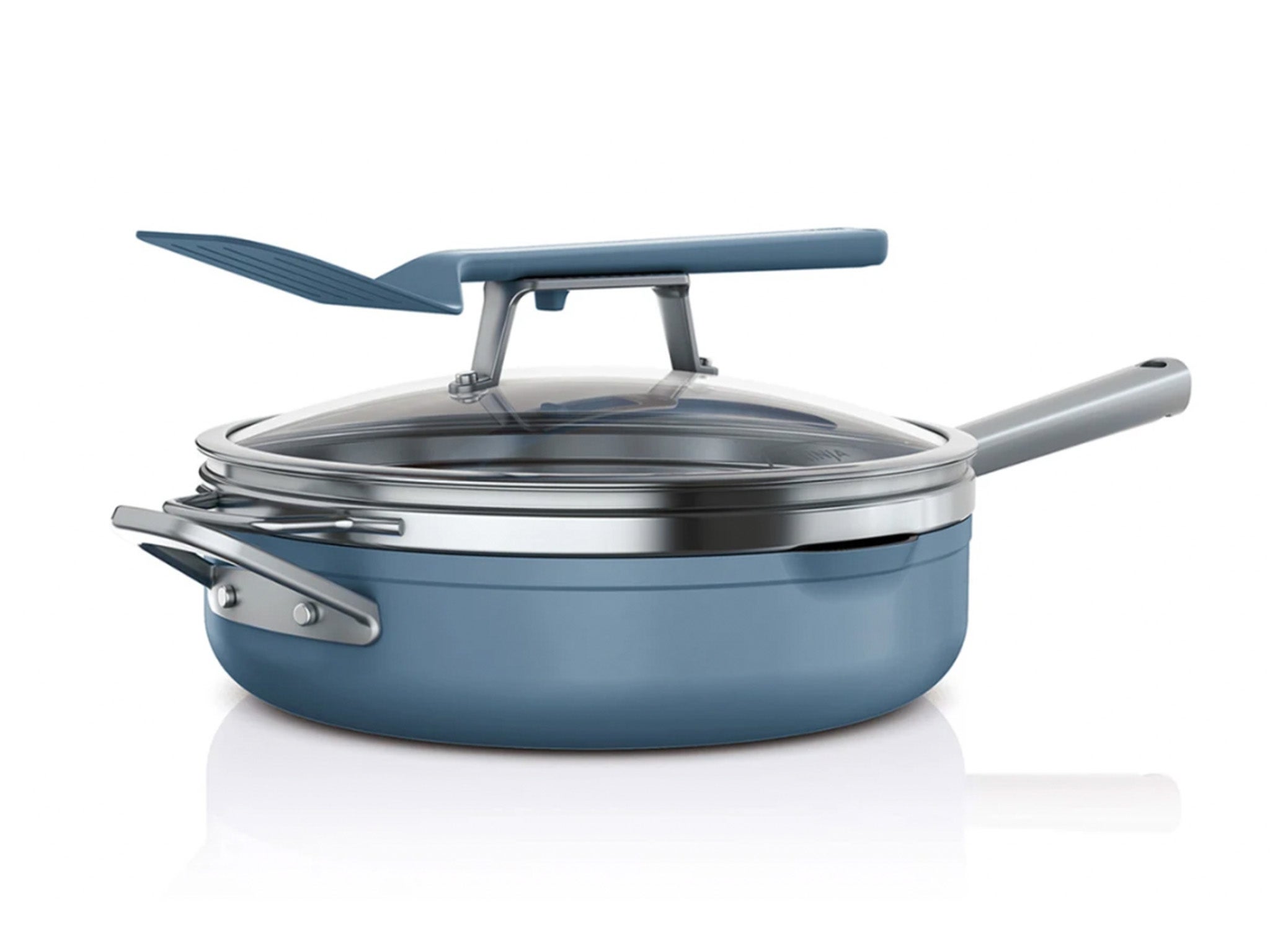
- Best: For practical and robust design
- Colourways: Four
- Material: Forged aluminium
- Non-stick coating type: “Zerostick” plasma ceramic
- Oven-safe: Yes, up to 260C
- Dishwasher-safe: Yes
- Why we love it
- Capacious
- Low maintenance
- Take note
- Not free from PFAS
- Handle and lid handle aren’t heat-proof
With a sleek glass lid and forged aluminium body in a handful of earthy colourways, Ninja’s take on multipurpose cookware looks as premium as it does functional. It covers the same cooking functions as the always pan, but it can handle higher temperatures in the oven, as it’s oven-safe up to 260C.
It may be the larger model but, when you remove the colander and the lid from the equation, it doesn’t really feel much heavier in your hand. It’s a nice luxury having extra room to move your food around (or for cooking different things at once). The obvious downfall here is you will need more liquid to fill the pan, which is annoying if you’re only boiling one portion of pasta. On the other side of that coin, it’s ideal for big batches and family meals.
Read more: The best saucepan sets
We wouldn’t be able to tell you whether Ninja’s “zerostick” non-stick cooking surface is 20 times more durable than traditional non-stick pans (as stated on the brand’s website) but what we can tell you is it performed brilliantly, whether or not we were cooking with oil – pancakes, vegan sausages and more were a non-stick zone.
The pan contains no lead or cadmium, and it’s also free from potentially toxic PFOA, although, this is standard across non-stick cookware being made now. It is worth noting the possible pan isn’t billed as being free from PFAS, and as there’s some debate around using PFAS for non-stick pans, you may want to look into this to decide where you stand.
One thing that immediately appealed to us was how low-maintenance this pan is. You don’t need to be wary when cooking without any oil and it’s been designed for high heats, so you can sauté, sizzle and sear to your heart’s content.
Putting it in the dishwasher is all good, so there’s no careful scrubbing required, and even using metal utensils has been given the green light, so you can whisk sauces in there. We have good faith that it should last, too, given it’s covered by a 10-year replacement guarantee – something Our Place doesn’t offer.
Read more: Best induction pans for expert cooking
Little design features mean this just feels very functional, too. We like that it has a glass lid – the glass is going to mist up but it’s nice to have a rough idea of what’s going on. Like the always pan, it features two pour spouts that double as steam vents, and we like that you can rest the spatula on the lid’s handle. The steel handle on the pan isn’t heat-proof, though, while the handle on the lid does get hot after cooking for some time.
With a bigger pan comes a bigger colander, and this was great for washing a big load of vegetables. Meanwhile, perfect for flipping and scraping around the side of the pan with its curved edge, the spatula’s wide surface is great for both cooking and serving.
The verdict: Our Place always pan vs Ninja possible pan
The always pan 2.0 is beautiful, and it’s made from post-consumer recycled aluminium, which is nothing but a great thing. There’s also a certain satisfaction from cooking on such an uncannily smooth surface, and it could be the more sensible choice if you’re cooking for one or two people.
However, it was the Ninja possible pan’s practicality that solidified it as our favourite, with details such as the handles on the strainer and the resting spot for the spatula being easy to access, and the appeal of the transparent lid.
When it comes to the cooking performance of these two pans, we really struggled to see a difference, as both were quick to heat up and cook a variety of foods, although, at a push, we think the Ninja’s non-stick performance was better, particularly when we were cooking with higher heats. That being said, the always pan is the only pan of the two billing itself as PFAS-free, which for some shoppers may be non-negotiable – but it’s worth doing your own research before you decide.
The always pan 2.0 does claim to be more durable than the original, but given that the Ninja possible pan can handle metal utensils and high heat, it seems to be more equipped to deal with the bumps, scrapes and conditions that come with everyday cooking.
Complete your kitchen arsenal with the best cassserole dishes, knife sets and pasta makers
